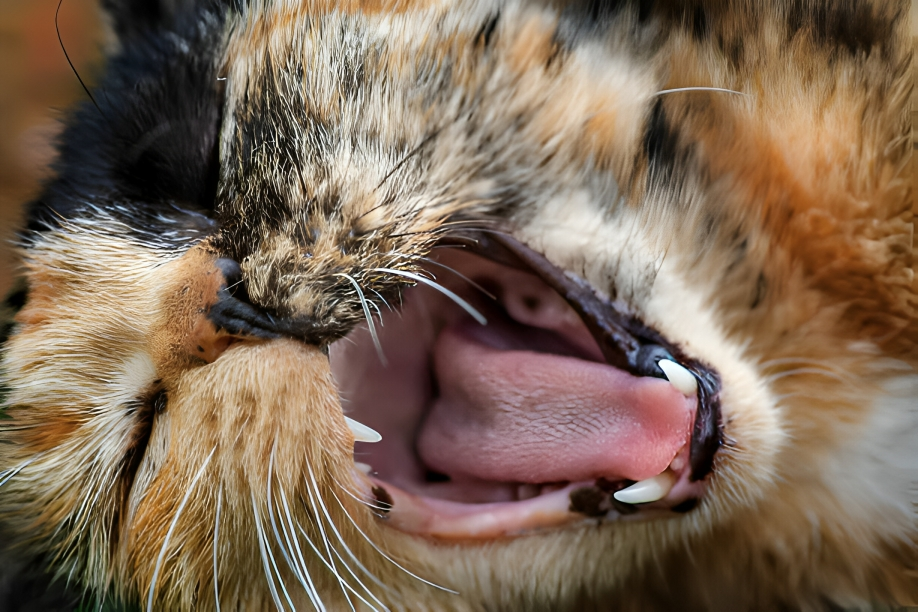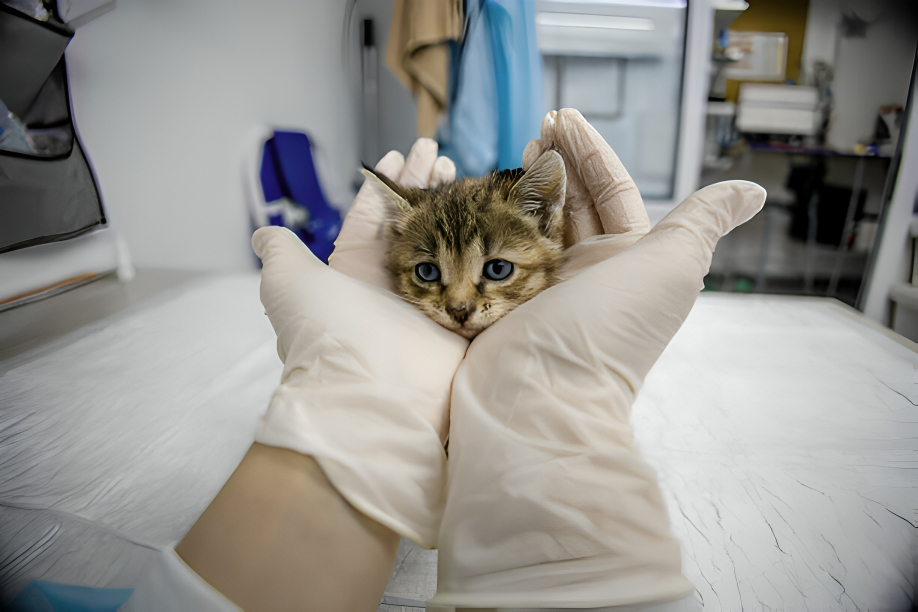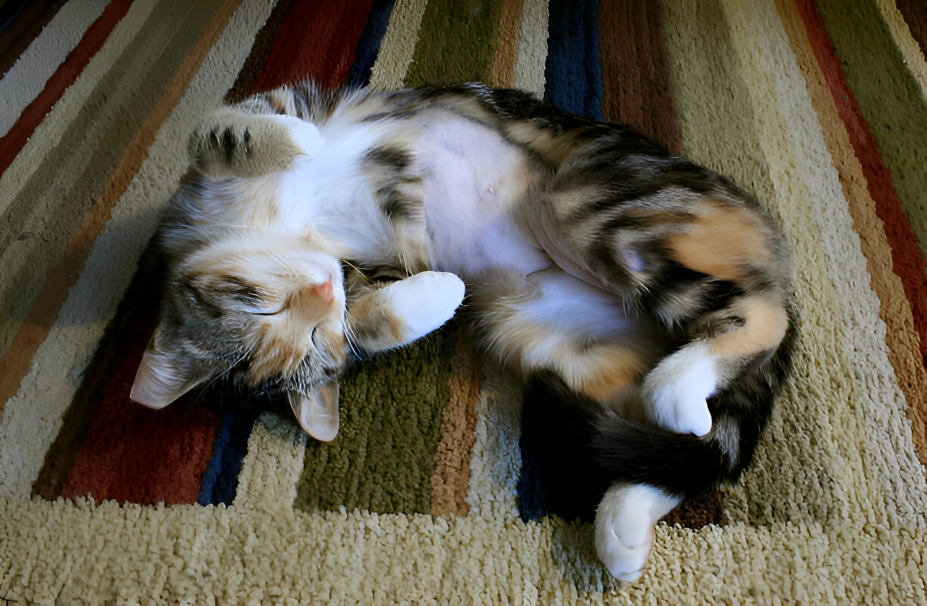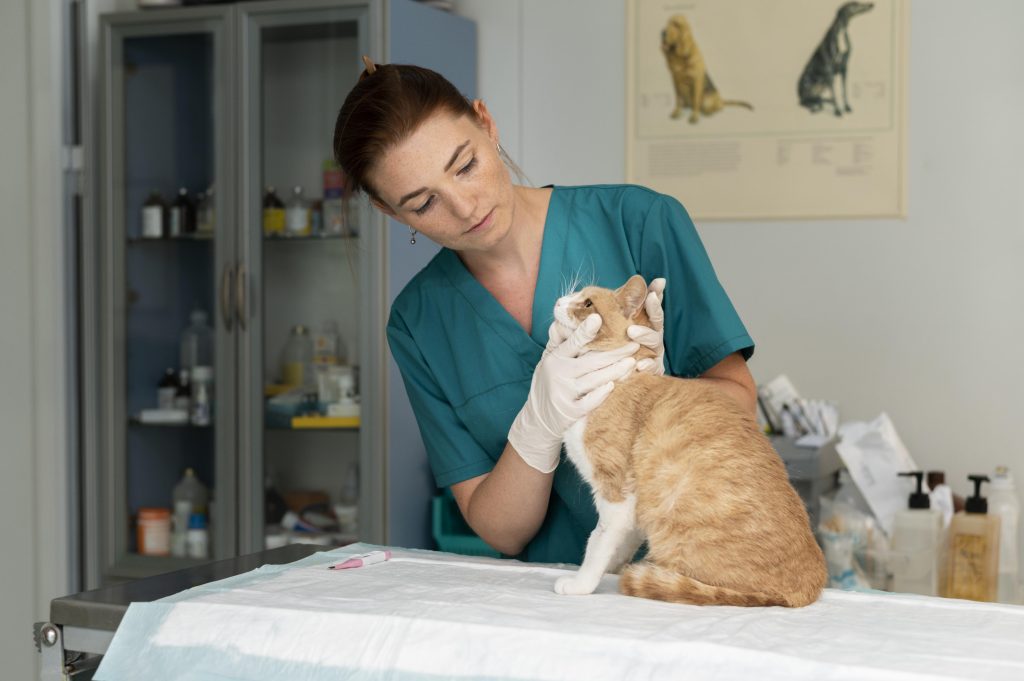When my cat Whiskers had fleas, I panicked and bathed him right after applying the treatment — big mistake. The next day, I still saw fleas crawling on him — I’d washed the medication right off. If you’re wondering how long to wait before bathing your cat after treatment, here’s how to do it right so you don’t waste money or put your cat at risk.
Many cat owners face this same dilemma, and getting the timing right is crucial for your pet’s health. Bathe too soon, and you wash the flea medicine away; wait too long, and flea dirt sticks around.
Not all treatments work the same way, either — topical solutions, oral meds, and flea collars each have different rules. In this guide, you’ll get clear, expert-backed advice to keep your cat flea-free without compromising their treatment. Let’s dive in!
Can You Bathe Your Cat Before Applying Flea Treatment?
It’s usually best to avoid bathing your cat right before applying flea treatment. Many topical treatments, like Frontline and Advantage, rely on your cat’s natural skin oils to spread and work properly.
A bath — especially with a detergent-based shampoo — can strip these oils and make the treatment less effective.
For best results, wait at least 48 hours after bathing to let those oils build back up. If your cat’s dirty, try pet-safe wipes, dry shampoo, or a good brushing instead.
If you do need to bathe your cat, use a mild, detergent-free shampoo and plan the treatment a couple of days later. When in doubt, check the product label or ask your vet for the safest timing.
How Flea Treatments Work & When to Bathe Your Cat
Flea treatments protect your cat, but they don’t all work the same way. Some need time to absorb, while others act through the bloodstream. Spot-on treatments like Frontline Plus spread through your cat’s natural skin oils.
Oral medications such as Capstar kill fleas when they bite, so baths don’t affect them. Flea shampoos give quick relief but don’t last, and collars work continuously but can lose strength with frequent washing.
Timing matters — bathing too soon after a topical treatment can wash it away. For Whiskers, a spot-on works best, but only if I wait before bathing. Here’s a quick look at how each option interacts with baths:
| Type | Safe Bathing Time | Notes |
| Spot-on | 24–48 hours wait | Needs skin oils to spread |
| Oral | Anytime | Works through bloodstream |
| Collar | Avoid frequent baths | Water can reduce the effectiveness |
Always follow your product’s instructions to keep fleas away for good.
You Might Also Like
How Old Do Kittens Have to Be to Get Fixed? Spay Timing Guide
Should You Bathe Your Cat After Flea Treatment?
Most of the time, you don’t need to bathe your cat after flea treatment doing it too soon can undo all your effort. Topical treatments like Advantage or Frontline need about 24–48 hours to fully absorb, so bathing too early can wash the medication right off.
But sometimes a bath is still needed — if fleas stick around, there’s flea dirt, or your cat’s skin is irritated from bites.
If you do need to give a bath, wait at least 24 hours for oral treatments or 48 hours for spot-ons. Use lukewarm water, a vet-approved shampoo, and go gently to keep things calm.
I learned this the hard way when I washed Whiskers too soon — so if you’re unsure, ask your vet for advice on the safest plan.
How Long Should You Wait to Bathe Your Cat After Flea Treatment?
Waiting to bathe your cat after flea treatment is crucial to make sure the product works properly. Bathing too soon can wash the treatment away and lower its effectiveness.
According to the Frontline, you should avoid bathing your cat for at least two days after application to let the product spread properly.
Some products, like Revolution, allow bathing after just two hours, but waiting longer is always better. Oral flea medications, such as Capstar, stay effective no matter when you bathe. If your cat gets dirty, stick to pet wipes or brushing instead of an immediate bath.
I know it’s tempting to wash flea dirt off right away — but trust me, waiting a couple of days works best.
How to Safely Bathe Your Cat After Flea Treatment
Choose a mild, fragrance-free shampoo — avoid flea shampoos, as they can interfere with the treatment’s effectiveness. Gently massage your cat and keep the experience as calm and stress-free as possible.
After rinsing, dry your cat well with a soft towel or use a low-heat blow dryer to prevent chills. If your cat hates baths, try pet-safe wipes or a good brushing instead — sometimes that’s all you need.
And remember: wait the full 48 hours if you’re using a topical treatment.
You Might Also Like
Black Spots on Your Cats Gums? Vet-Reviewed Causes & Treatments
Tips for Bathing Your Cat After Flea Treatment
Bathing your cat after flea treatment takes a little extra care to keep the product working as it should. Here’s a quick list of dos and don’ts:
Do:
- Use lukewarm water
- Towel dry gently
- Wait 48 hours after topical treatments before bathing
Don’t:
- Don’t use flea shampoo after applying a topical treatment
- Don’t scrub harshly
- Don’t bathe too often — sometimes a wipe-down is enough
Is Your Cat Still Scratching After Flea Treatment?
If your cat is still scratching after flea treatment, don’t panic — it’s common and can happen for a few reasons. Flea treatments usually take 12–48 hours to kill adult fleas, but flea bites can keep itching for days. Sometimes the problem is Flea Allergy Dermatitis (FAD).
According to the VCA Hospitals, “Flea saliva can cause allergic reactions, making cats itch for days even after the fleas are gone.”
That’s exactly what happened with Whiskers — he kept scratching nonstop until the vet confirmed he had FAD, which needed extra care.
To help, brush daily to remove flea dirt, use vet-approved anti-itch sprays, and keep your cat hydrated for healthy skin. If the scratching doesn’t stop after a week, check for infections and call your vet. To prevent it next time, treat all your pets, deep-clean your home, and stick with long-term flea control.
Has your cat ever kept scratching, too? What helped most? Share below!
Frequently Asked Questions
Can I wash off flea treatment if I applied too much?
Gently wipe off the excess with a damp cloth — avoid a full bath, as it can make the treatment less effective.
What happens if my cat licks flea treatment?
If ingested, you might see drooling or mild vomiting. Keep an eye out and call your vet if symptoms don’t clear up soon.
What if my cat still has fleas after treatment?
Sometimes it just takes time, or fleas come back from the environment. Clean your home well and repeat treatments as needed. For more tips, check out flea treatment safety to stay on top of it.
Final Thoughts
Keeping your cat flea-free takes patience, the right treatment, and steady prevention. Always wait 24–48 hours before bathing after flea treatment so it fully absorbs. If your cat is still scratching, check for allergies, missed spots, or reinfestation.
Flea eggs can survive up to 100 days — so keep vacuuming and wash bedding often. One bath too soon can ruin weeks of flea control.
Whiskers and I have battled fleas more than once — what’s worked best for you? Drop your best tip below!
Similar Posts by Cats Question

Hi, I’m Abir Ahamed—a writer, editor, and proud cat lover with a passion for feline welfare. I use my words to educate, inspire, and advocate for responsible pet care. Based in Bangladesh, I bring a unique perspective to Cats Question, hoping to help cat lovers make informed, compassionate choices.






